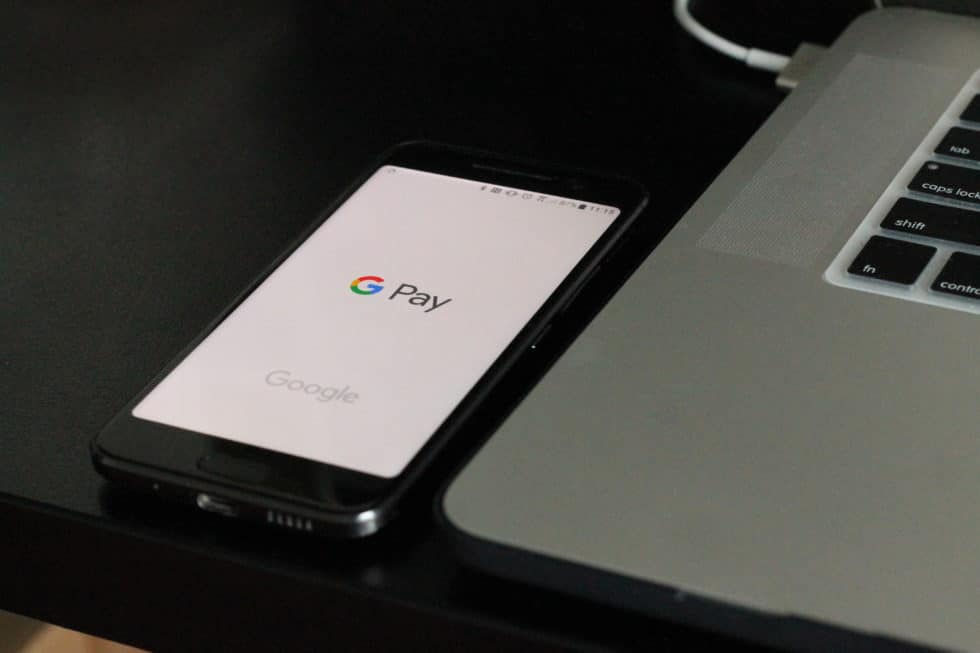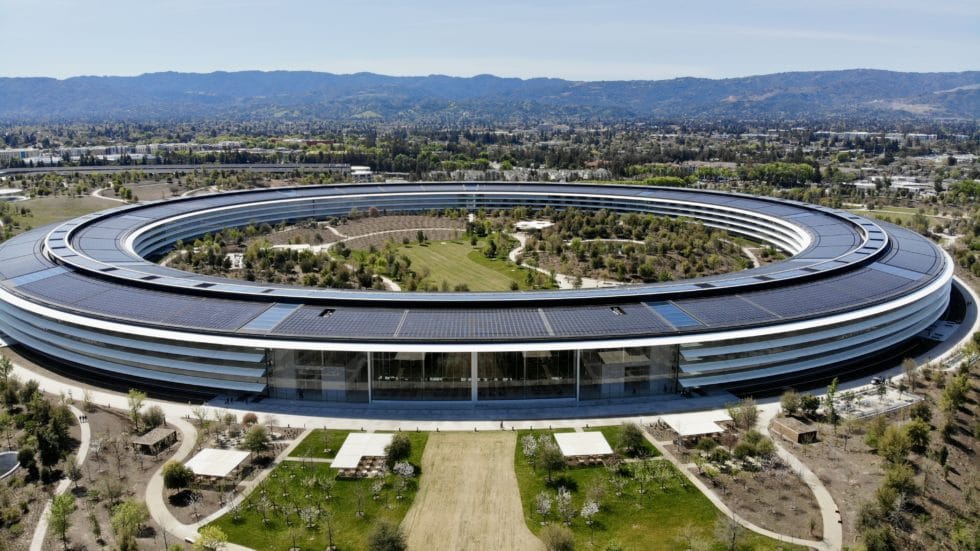The land of unlimited possibilities and there is also the Mecca – the West Coast – Silicon Valley. If the world could, may, must expect anything from anywhere – it must be from there. The progress of the 20th century was born there. Everything that was disrupted – came from the Valley – superlatives about superlatives.
We make a reality check – unblinded by the innovative capacity of the GAF’s (Amazon is in Seattle) – what does daily life look like? And has so much really changed over the last 10 years?
Some observations from the past years/journeys from the Tech-Mecca:
Nobody does Mobile Payment
Years after the introduction of chip and PIN, and after the “innovation bombs” Apple Pay, Google Pay and anyone else who is Pay, mobile payment has yet still not arrived in the street scene. If one thing has changed, it’s the shift from credit card to debit card. Meanwhile, even the common American has understood, that you can also pay with a debit card and not only withdraw money from an ATM with it.
NFC and with it the acceptance of “Everything and your mother”-Pay is actually available, but it is likely that the card is still “pulled through” at the checkout and you have to sign it. In the bigger chains it happens more often that you have to pay by chip & PIN and so that you don’t fall asleep during the slowest card payments since human memory (one payment takes on average 10sec), the terminal starts to make a horrible alarming sound if you still leave the card in the chip slot.
Since the introduction of Apple Pay, I personally can’t remember ever having to see a soul paying with it, on the West Coast. If you personally want to pay with NFC, it may come to some abstruse situations, for example additional signing. Star-Pay and Square NFC Dongle or not. Mobile Payment only takes place in the outlets with the Chinese tourists.

All much too expensive
$500 for a “Motel One” – ok Google conference, but hey. Unfortunately, Silicon Valley is no longer just in Silicon Valley. One recognized the nerds, a few years ago, only by the fact that they were sitting in the great silver busses with darkened windows, and you could briefly use the Google Wifi in a traffic jam while the said bus was driving next to you in a traffic jam, the “start-ups” and tech companies have meanwhile arrived in the city. Just a few years ago you had to belong to the top 5% of the employees to even think about getting a seat in one of the San Francisco offices, today it feels like everyone is working in one of the hip city offices.
The whole thing is at the expense of the “normal citizen” – gentrification (“Where is the American Swabian actually?”) and the resulting poverty can be seen particularly clearly in two parts of the city.
Examples: Market Street & Castro
A few years ago, the Market Street was still characterized by the following order: City Hall (town hall) – Civic Center (Crack Central) – Start-ups (Twitter, Square, Uber, etc.), retailers, banks, Embarcadero, the order has changed as followed: Crack Central (City Hall to Retailer), Start-Ups (a few where Twitter used to reside), banks were replaced by Tech companies (Google and underwriters).
It doesn’t look much better in the traditional Castro quarter. The Castro was and is the LGBTQ quarter and as it should be, it is diverse, alternative and creative. Nowadays the creatives are only well dressed and well-off tech nerds – only the vegan shops are left from the classic alternative flair. The tech wealth has made the city priceless for the majority of the inhabitants, if you ask anyone in a shop for information about the surroundings, without exception they answer, “Sorry I just work here I am from (city in 2-3h distance).”
Mobility concepts a la SV
The only thing that stands out in the street scene – the eScooter has prevailed – at least for the moment and when it’s not hanging in the tree. However, very few people can handle the scooter – which can be transferred into driving a car. American roads aren’t necessarily known to be the narrowest roads on the planet.

And yet the hipsters on the scooters always manage to drive the patient, considerate American driver up the wall (or to full brake application). The scooters are simply “parked” somewhere – or lying across the sidewalk, which is reflected in the medium life span of these scooters. The devices do not survive the use of the American consumer for more than 20 days. After all, there are now also a bicycle paths on most roads and these are now not only populated with Mamils (https://en.wikipedia.org/wiki/Mamil). Despite the many initiatives – the core problem of mobility is yet not solved – the traffic jam – the 101 in the early morning is and remains a catastrophe.
Public transport is and remains something for “poor people” who cannot or do not want to afford even the cheapest car.
Gastronomy as a mirror image of society
It feels like Starbucks has not changed over the las 10 years – there is still a draft – and the audience at 5am (yes, the jet lag) – doesn’t necessarily wear the “Haute Couture” (balloon silk sends its greetings). I still have to spell my name (and it’s usually misspelled) and in the 2 hours I’ve been hanging around, I haven’t seen anybody who ordered Remote by app and just picked up his coffee – despite the queue.
Where is the much-praised Starbucks app in reality? – We already mentioned mobile payment. After all, the Starbucks logo appears on the terminal. The same is true for the hipster sushi shop around the corner – everything somehow is 90s – or 80s – would almost be cool again. Maybe we are all spoiled or expect too much.
“Where is the much-praised Starbucks app in reality?”
Personally, I was much more impressed by Shanghai in November 2018 – it pulsated – the drive and innovation were sensible. Whether the Valley is “dead” because of this – by no means – you just shouldn’t put everything together – the “Downsides” are obvious and not everybody is part of the global growth stories and almightiness of the GAF(A)’s. The Valley will certainly come back in another iteration – but let’s not overestimate it. Rarely is it as big as it seems. And the next GAFA already exists somewhere – whether in a garage or Russian tundra – remains open.
